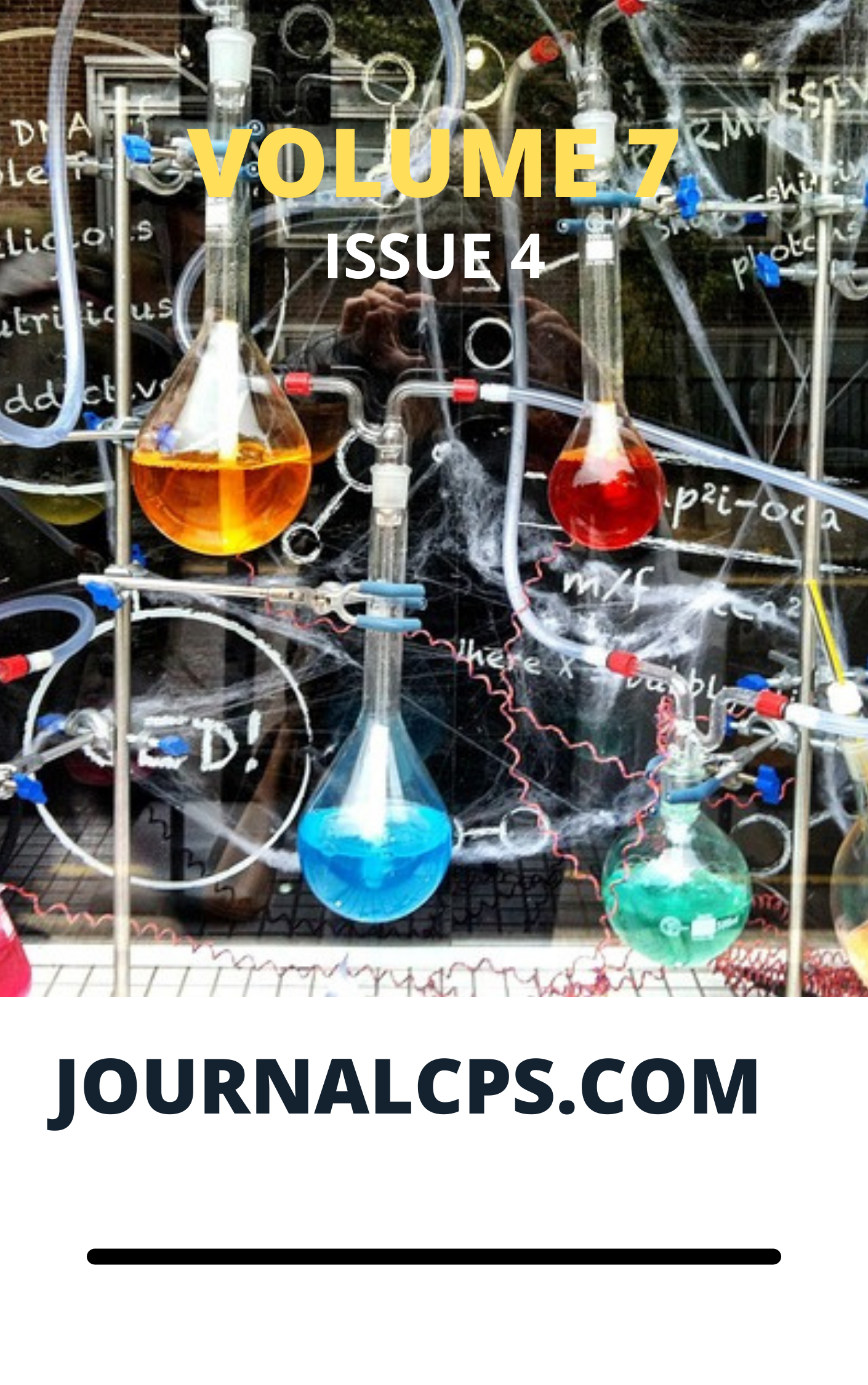Aeromagnetic and Radiometric (Thorium) Data Interpretation for Kimberlite pipe(s) occurrence in Malumfashi North-Central Nigeria
Keywords:
Aeromagnetic Data, Radiometric, Kimberlite Pipe, Thorium ConcentrationAbstract
S. Fadeyi, C. Amos-Uhegbu and A. Adigun
Aeromagnetic and radiometric (thorium Th) data over the Malumfashi area in the Katsina State, North-Western Nigeria were analyzed to validate the occurrence of suspected volcanic pipes that are associated with kimberlite pipe(s) within the area. The thorium (Th) data were subjected to qualitative interpretation while the magnetic data were qualitatively and quantitatively processed. The volcanic pipes and other linear features were mapped using the Horizontal Gradient Method, and the general trends for the lineaments were determined to be in the Northeast-Southwest (NE-SW) and Northwest-Southeast (NW-SE) direction. The spectral analysis of the magnetic data was used to derive the depth of the magnetic sources. However, the deep magnetic sources were found to range from 0.08 to 0.45 km, while the depth for the shallow magnetic sources ranged from 0.05 to 0.09 km. The circular, semi-circular and elongate structures delineated were deduced to be associated with the kimberlite pipes and/or volcanic intrusions that are possible diamondiferous. The expressions occur as surface and near surface features.
Downloads
Published
Issue
Section
Similar Articles
- Henry Ekene Ohaegbuchu, Boniface Ikechukwu Ijeh, Paul Igienekpeme Aigba, Obinna Christian Dinneya, Integrated Geophysical Study of Geothermal and Mineralization Potential for Energy and Strategic Resources in the Lower Benue Trough, Nigeria , Communication In Physical Sciences: Vol. 12 No. 7 (2025): Volume 12 issue 7
- Habu Tela Abba, Muhammad Sani Isa, Spatial Distribution of Naturally Occurring Radioactive Materials in Soil and the Consequent Population Effective Dose , Communication In Physical Sciences: Vol. 4 No. 2 (2019): VOLUME 4 ISSUE 2
- Agada Livinus Emeka, Health Effects of Tropospheric Ozone in Maiduguri Metropolis, Nigeria , Communication In Physical Sciences: Vol. 8 No. 3 (2022): VOLUME 8 ISSUE 3
- Kamureyina Ezekiel, Ruth Justine Ija, Victor Gambo Na’Allah, Subsurface Structural Analysis Using High Resolution Aeromagnetic Data In Guyuk-Shani And Environs: A Geophysical Approach To Hydrocarbon Prospectivity , Communication In Physical Sciences: Vol. 12 No. 7 (2025): Volume 12 issue 7
- Rakiya Haruna, M. A Saleh, S. Hashim, Radon in soil gas of Johor, Malaysia , Communication In Physical Sciences: Vol. 7 No. 4 (2021): VOLUME 7 ISSUE 4
- Uzoma Nwokoma Esomchi, , Obinna. Christain. Dinneya, , Chukwunenyoke Amos-Uhegbu, , Solape Simeon Fadeyi, MAGNETIC RESPONSE ANALYSES IN PARTS OF SOUTHERN BENUE TROUGH: IMPLICATIONS FOR MINERAL PROSPECTING , Communication In Physical Sciences: Vol. 12 No. 3 (2025): VOLUME 12 ISSUE 3
- Iniofon Udom, Grace Cookery, Paul Ocheje Ameh, Investigation of Acanthus montanus Leaves Extract as Corrosion Inhibitor for Copper in 2 M Sulphuric Acid , Communication In Physical Sciences: Vol. 12 No. 3 (2025): VOLUME 12 ISSUE 3
- Monica Chikodinaka Nkwocha, Lebe A. Nnanna, Chukwuemeka Young Ahamefula, Ogwo D. Kalu, Properties of Avocado (Persea Americana) Leaf Extract as a Corrosion Inhibitor for Mild Steel in 1 M KOH , Communication In Physical Sciences: Vol. 12 No. 7 (2025): Volume 12 issue 7
- Rakiya Haruna, Muneer Aziz Saleh, 222Rn activity concentration in outdoor air of Johor, Malaysia , Communication In Physical Sciences: Vol. 8 No. 2 (2022): VOLUME 8 ISSUE 2
- Helen O. Chukwuemeka-okorie, Ifeanyi Otukere, Kovo Akpomie, Isotherm, Kinetic and thermodynamic investigation on the biosorptive removal of Pb (II) ion from solution onto biochar prepared from breadfruit seed hull , Communication In Physical Sciences: Vol. 12 No. 3 (2025): VOLUME 12 ISSUE 3
You may also start an advanced similarity search for this article.




